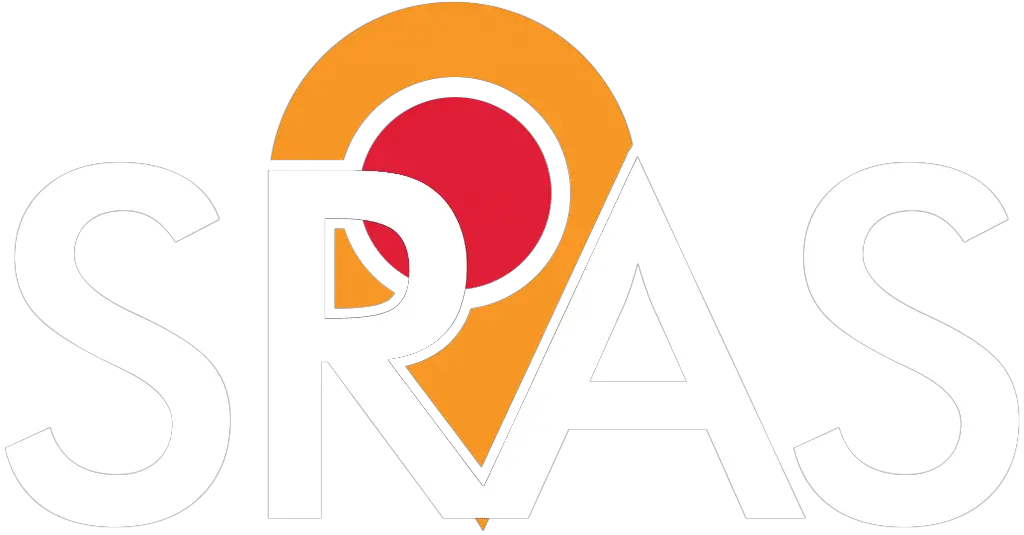Kukryniksy / Кукрыниксы
Kukryniksy (Кукрыниксы) is a Russian post-punk band, fronted by Aleksei Gorshunov (Алексей Горшенёв), younger brother of Korol i Shut frontman Mikhail Gorshunov (Михаил Горшенёв). The band takes their name from a famous collective of caricaturists from the early Soviet period. Though their recent work shows a strong influence of gothic rock and post-punk, Kukryniksy’s first […]

